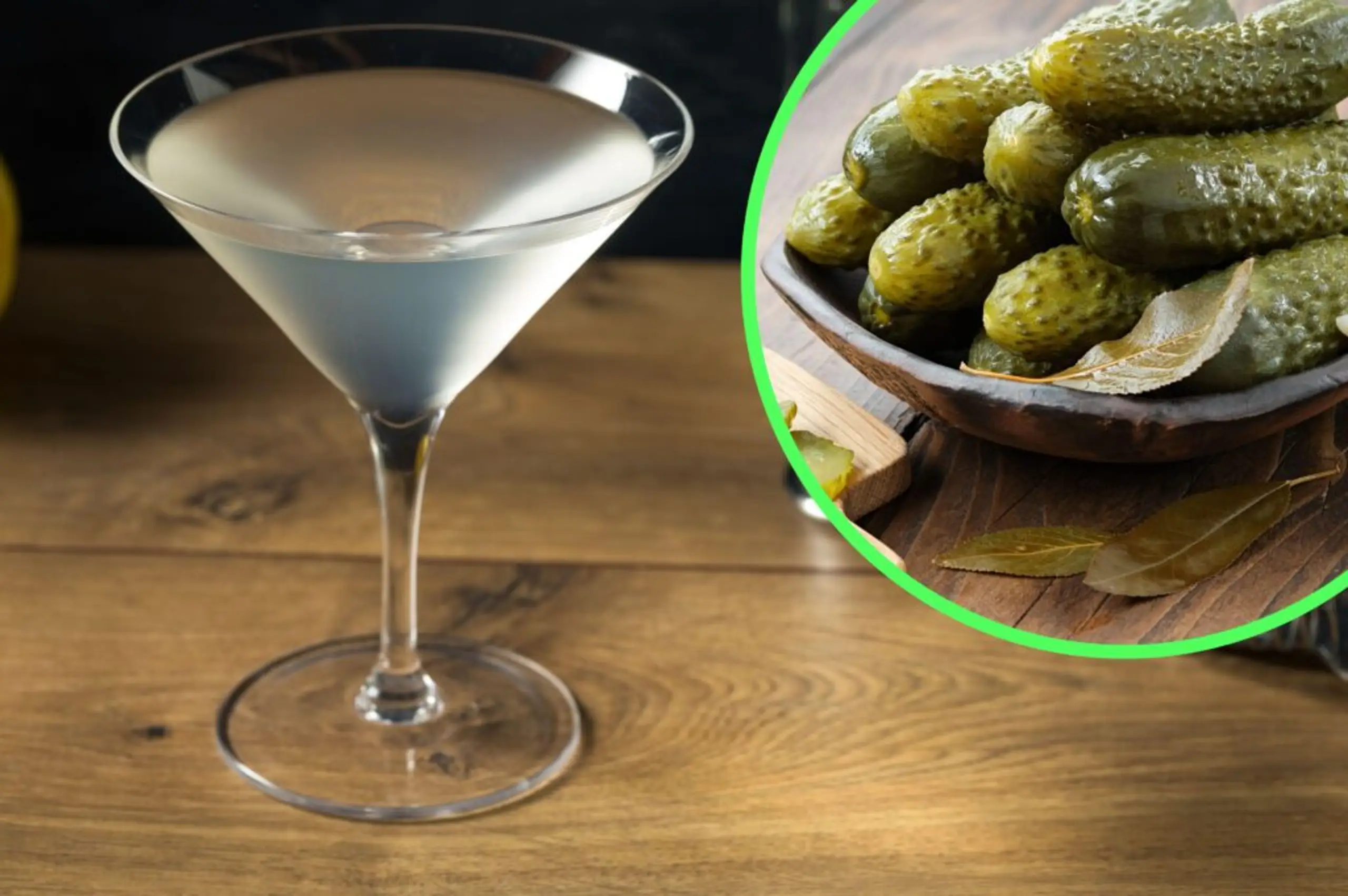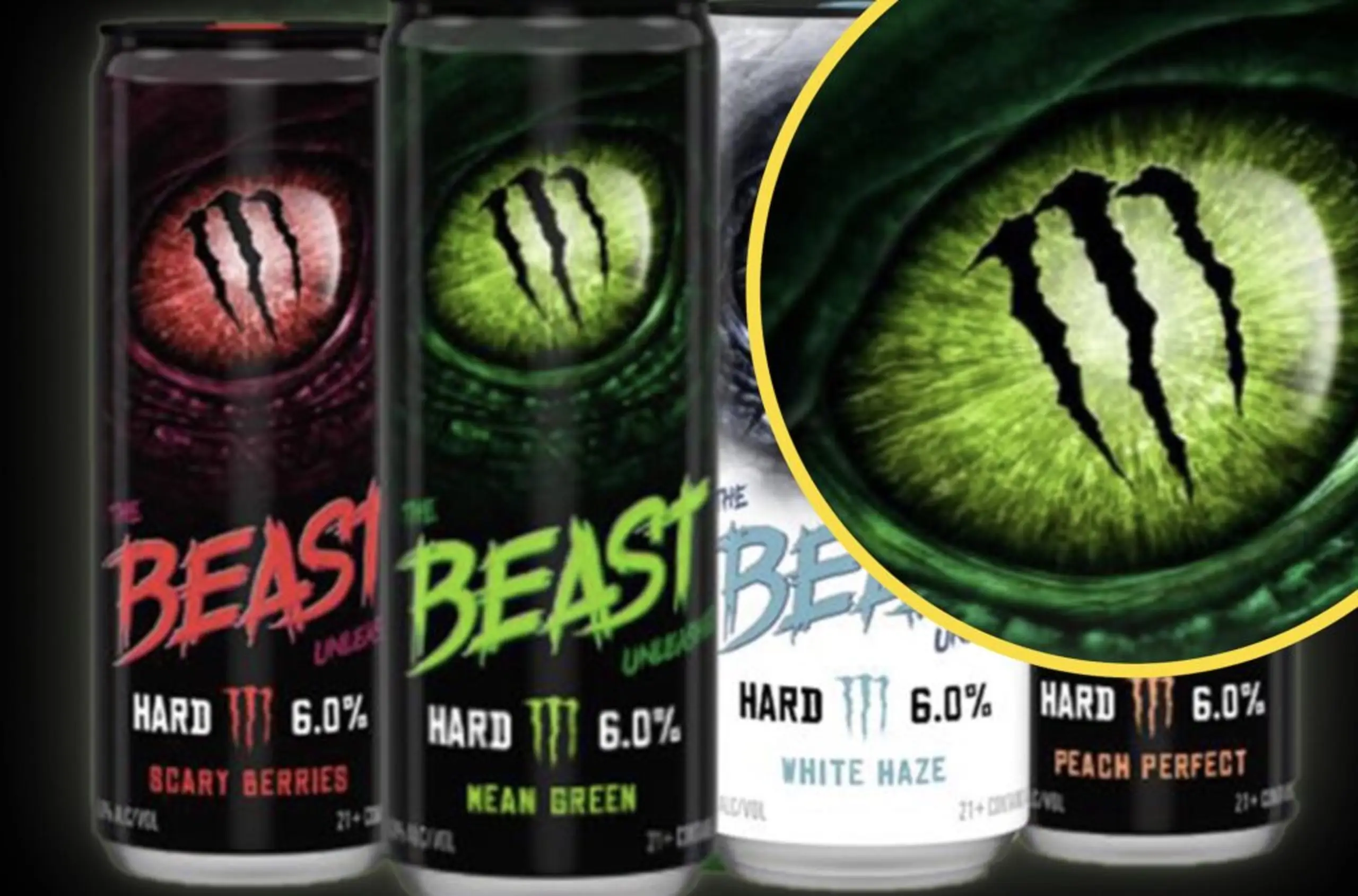Uncategorised
How one bean has become more valuable than silver
18 Jul 2018
4m
To many people, vanilla might not seem like the most glamorous ingredient in the world. Added to everyone’s most apathetic ice cream flavour and generally used to signal that something is a bit boring, it’s easy to forget just how much we use this fascinating pod. For all the stick you can get for ordering a solitary beige-looking scoop, it turns out that vanilla is far more colourful than you might think.
 Credit: Pixabay
Credit: Pixabay
Our fascination with the vanilla bean began in ancient Mexico. For the Aztecs, this strangely floral and sweet plant was a key component in religious rituals and cooking. When Europeans began to arrive in Central America, they took the bean back with them – along with precious metals and chocolate – and introduced it to an entirely new audience.
Though it didn’t take long for Renaissance consumers to fall in love with vanilla, traders were stumped as to why it wouldn’t grow in a European climate. All attempts at seeding proved unsuccessful, meaning that the only way to get it remained a costly trip across the Atlantic. Unbeknownst to merchantmen, the plant was unable to reproduce naturally without its main pollinator: the Melipona bee.
 Credit: Pixabay
Credit: Pixabay
It wasn’t until the mid-19th century that a solution was finally found. On the tiny island of Reunion in the middle of the Indian Ocean, a 12-year-old slave conducted an accidental experiment that would change the industry forever. Taking a vanilla flower between a stick and his thumb, he pressed the male and female parts of the plant together, allowing effective pollination to take place. For the first time, the bee could be cut out of the process. Mass vanilla production became a possibility.
Today, vanilla is one of the most valuable foods on Earth. With one kilo of “plain vanilla” worth more than the same weight of silver, there is little doubt that there’s money to be made from the humble bean. But, despite being valued so highly, the modern vanilla industry raises a number of complex ethical issues that often go under the radar. It might be a global favourite, but vanilla has a secret at its heart.
 vanilla beans held in a hand
vanilla beans held in a handVanilla’s high price, and its questionable ethics, come from the nature of modern mass production. Somewhat surprisingly, the centre of the industry lies not in the heartlands of Mexico, but in the island of Madagascar. A few hundred miles to the west of Reunion, where the pollination technique was first put into practise, Madagascar is responsible for around 80 per cent of total global production. In essence, the island controls the global supply.
Aside from the climate, there is one key and slightly unsettling reason why Madagascar is the perfect place to farm vanilla. Even today, the forced pollination of vanilla flowers is a time-consuming and labour-intensive process. Despite the advances of modern farming technology, biology dictates that the process still be carried out by hand. This means that anyone looking to make a living off vanilla must employ a workforce poor enough that hand-pollination continues to be affordable. This is the uncomfortable truth at the heart of the industry.
Unfortunately for Madagascan citizens, the country is one of the few nations on earth that is poor enough to make the process viable, yet also has the exact conditions required to make the crop grow. This potent combination has allowed the island to dominate the industry, at the same time that many of its employees remain untouched by the benefits.
Madagascar’s hold on the marketplace has become all too clear in the last few years. After several poor harvests caused by droughts and storms, Madagascan vanilla farmers failed to produce a bumper crop, adversely affecting the entire global supply chain. The result was a dramatic price hike, to the point where the bean now costs $600 per kilogram. This wild fluctuation in price is relatively commonplace and actually acts as a powerful deterrent for any other countries looking to enter the growing market. With an already-established industry, Madagascar’s position as the dominant grower remains relatively secure.
Though there have been many successful attempts to artificially reproduce the flavour of vanilla, authenticity is the dominant force in the current market. The thirst for natural ingredients has pushed vanilla’s price higher than ever, and has even led to situations where the business has turned criminal. In June this year, for instance, a woman was charged after allegedly embezzling nearly $140,000 worth of beans from her employer. With so much money at stake, it’s easy to understand the temptation.
There’s no doubt that vanilla will never be as sexy as chocolate or as indulgent as some other flavourings. Try as it might, that tag of “safety first” looks like it may be impossible to shift. But, despite all the teasing, there is no doubt that the vanilla industry remains one of the most fascinating on Earth. It may only be a bean, but when that bean is more valuable than silver, you know it’s something really special.



